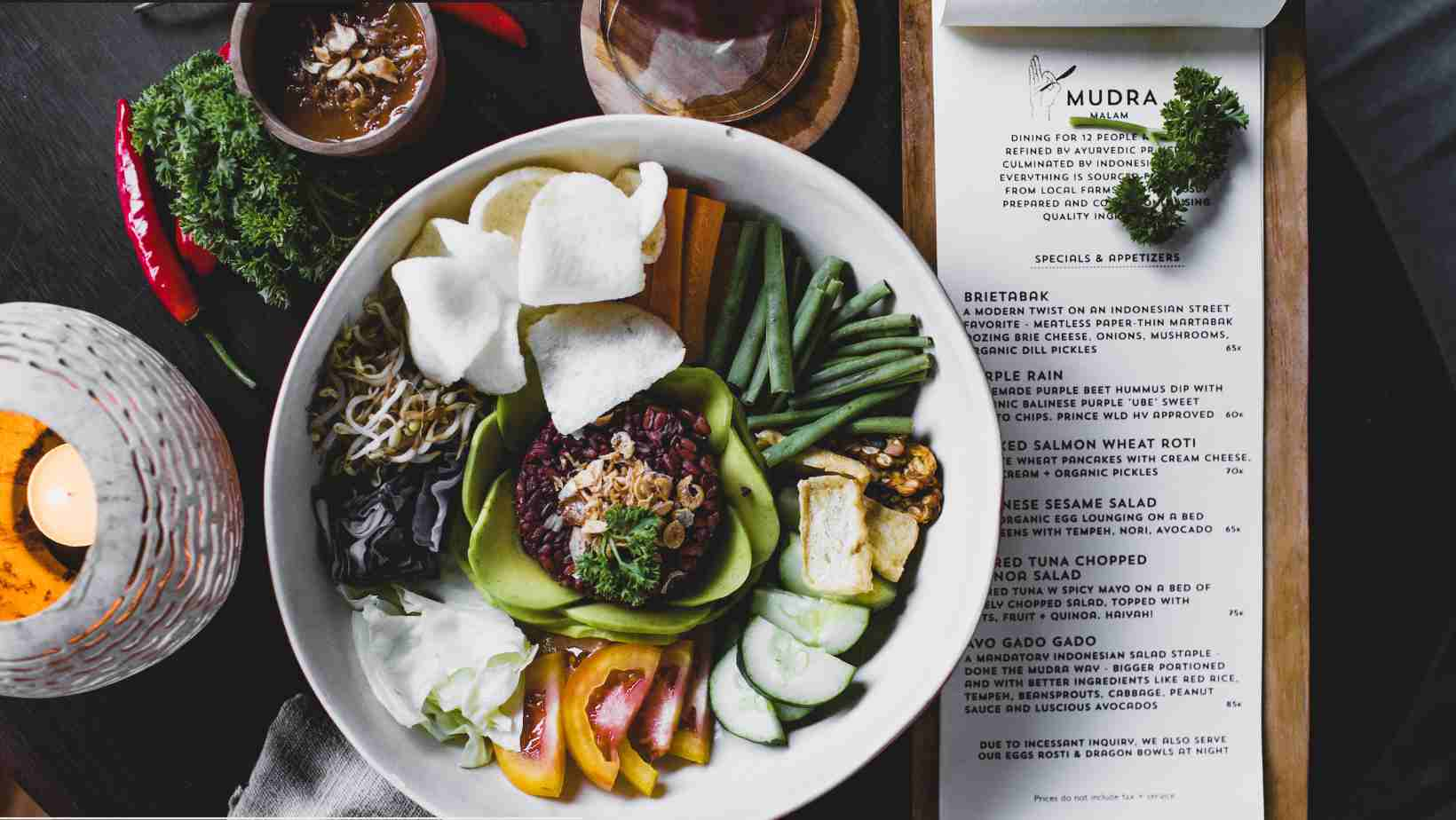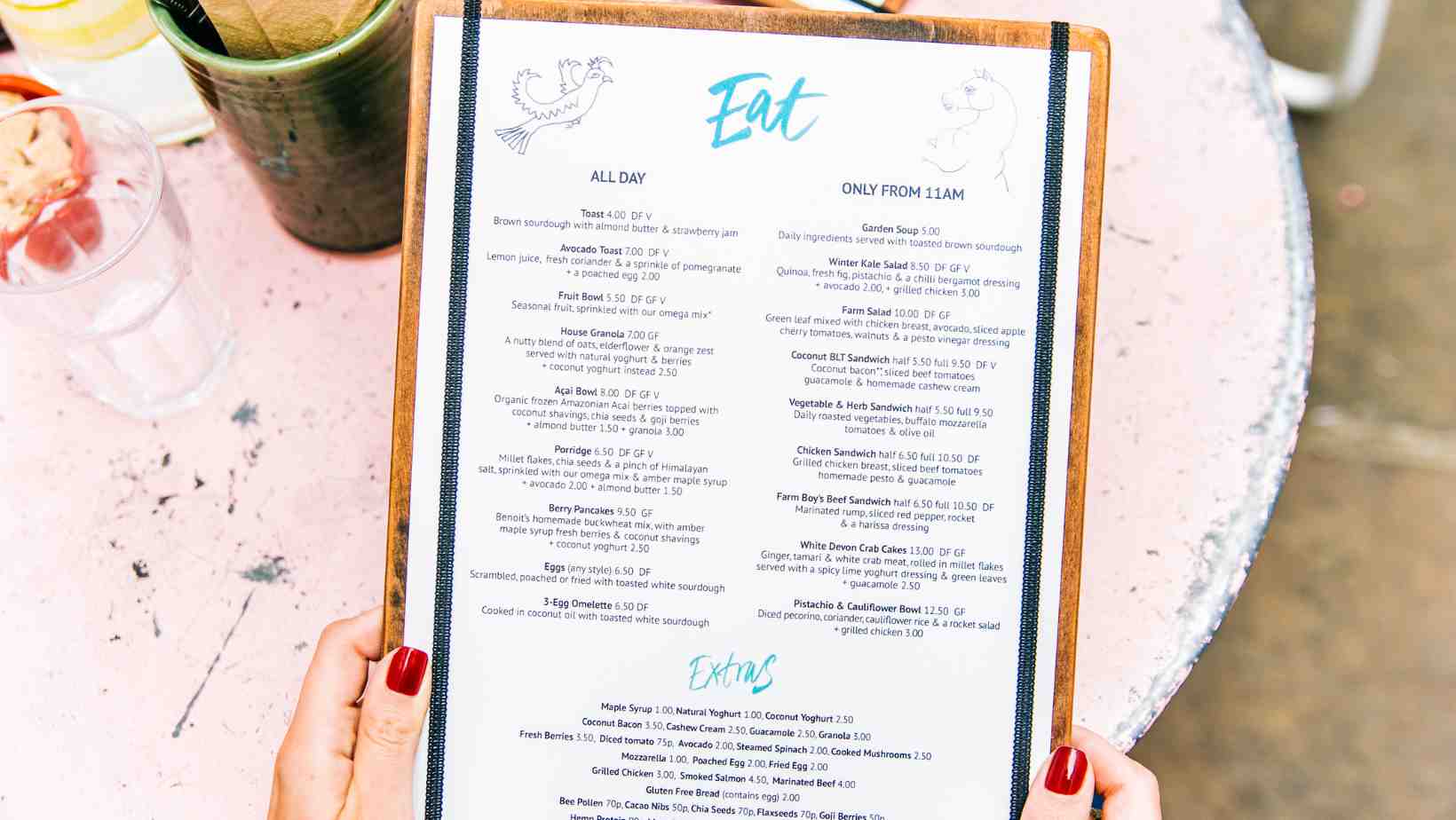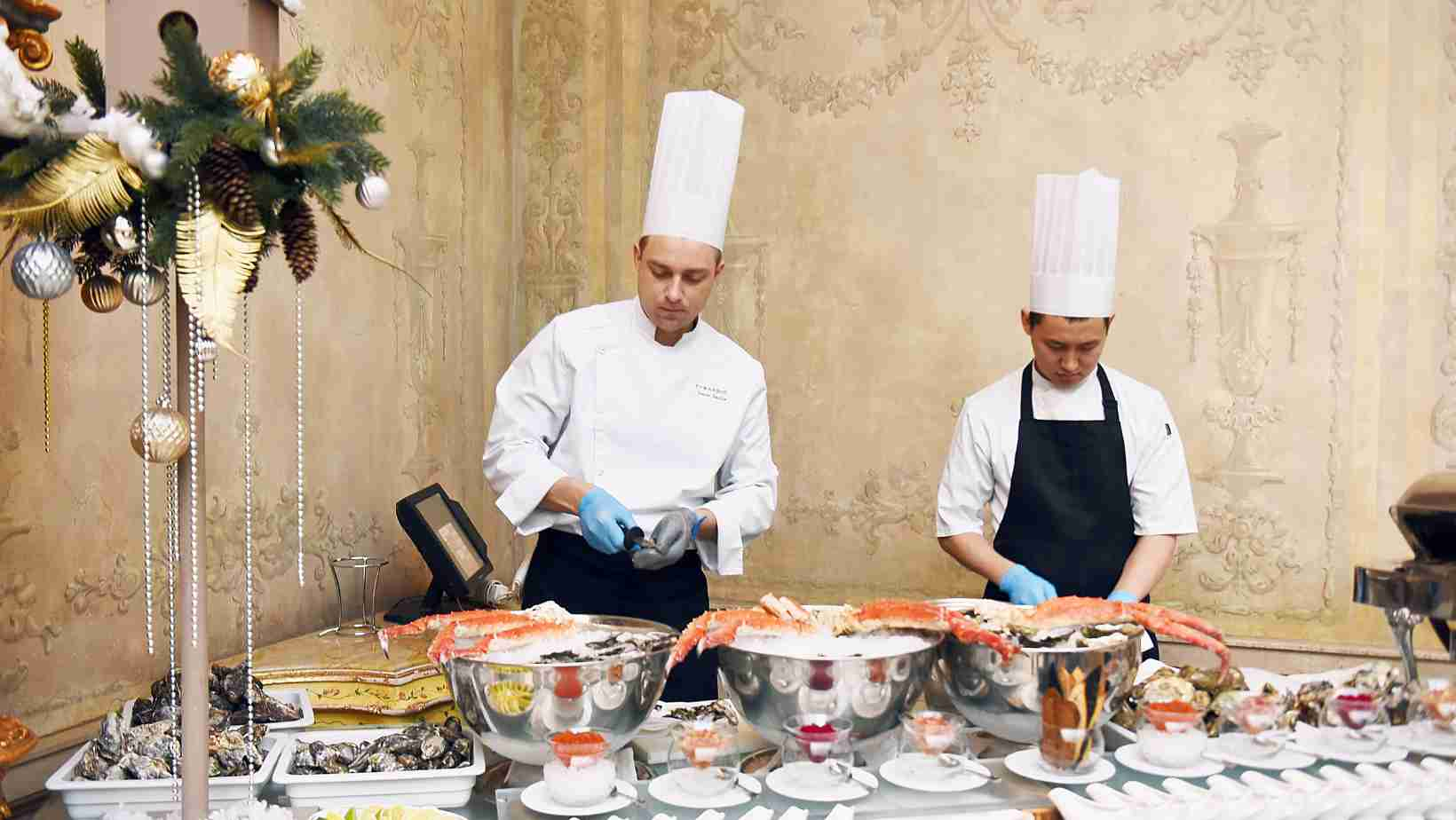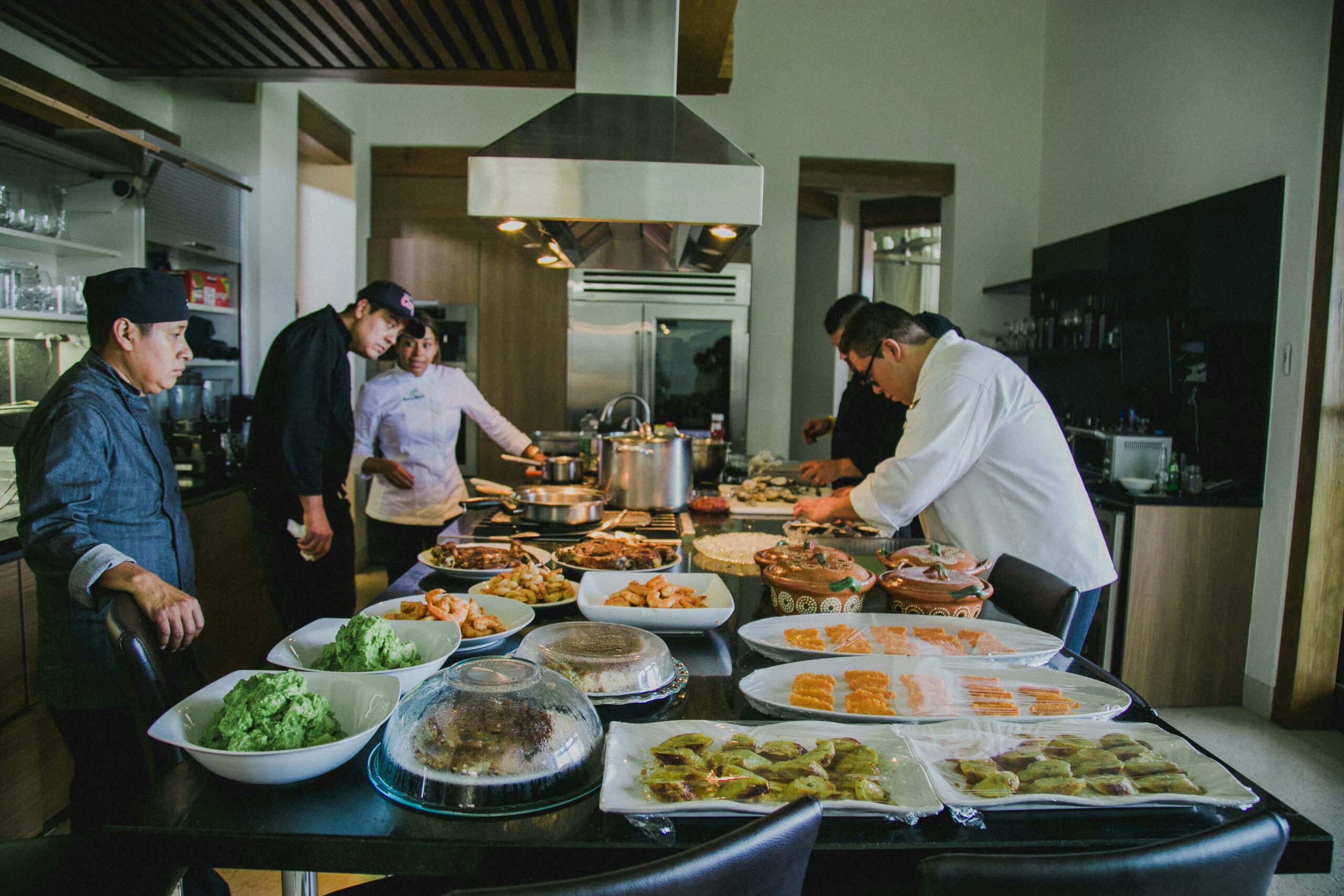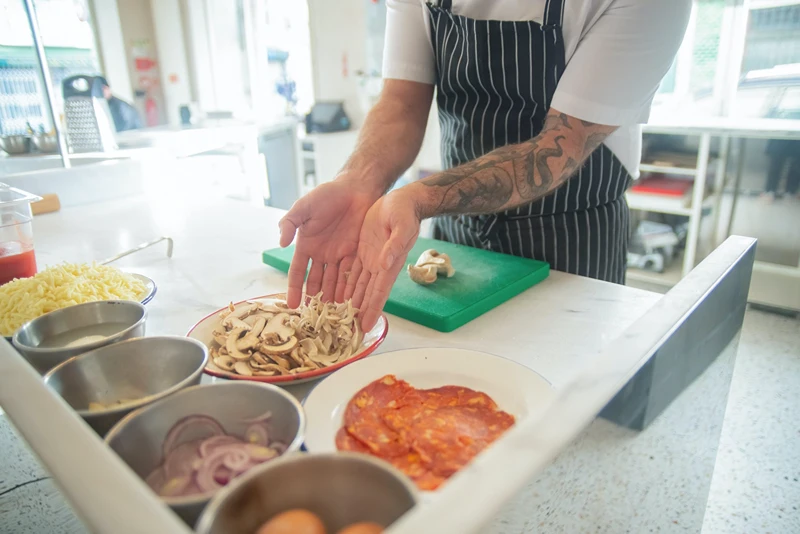How to Craft the Perfect Private Chef Menu: UK Edition
Expert Tips to Create the Perfect Private Chef Menu
As a private chef, there are several factors to consider when planning a menu. These include client preferences, dietary restrictions, the event’s theme, and the profitability of each dish to ensure that your menu is both appealing and practical. Here are some essential tips to design the right menus for your clients.
1. Understand your Clients
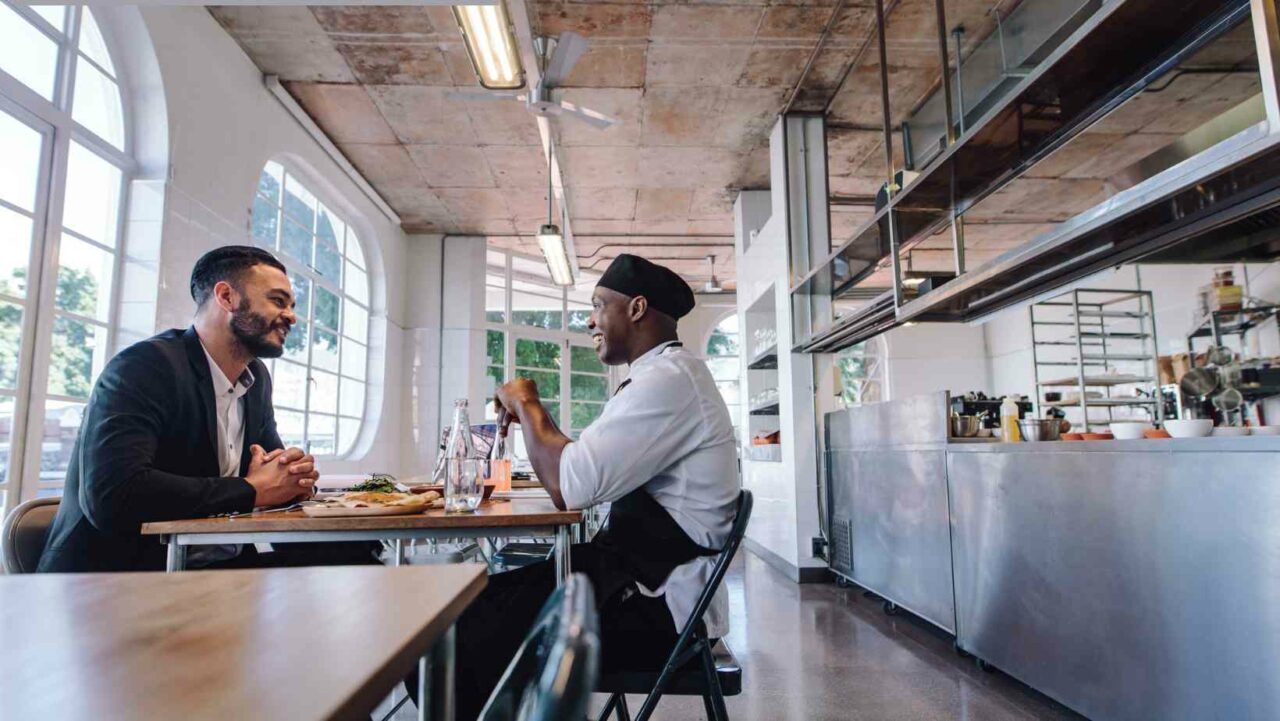
To create a great menu, the key is to start by understanding your client’s preferences. Start by asking about their food preferences, any dietary restrictions, the event’s theme, and their budget. As a private chef, your menu ideas should align perfectly with their tastes and expectations.
For instance, imagine you’re preparing for a group that loves Italian cuisine, but one of the guests has a gluten intolerance. In this case, you will have to provide options like lentil pasta, rice pasta, etc. By understanding what your clients like, you can tailor your menu to not only meet their needs but also exceed their expectations.
A good idea to maintain clarity is always to have a dietary requirements questionnaire handy while discussing with clients.
2. Select Signature Dishes
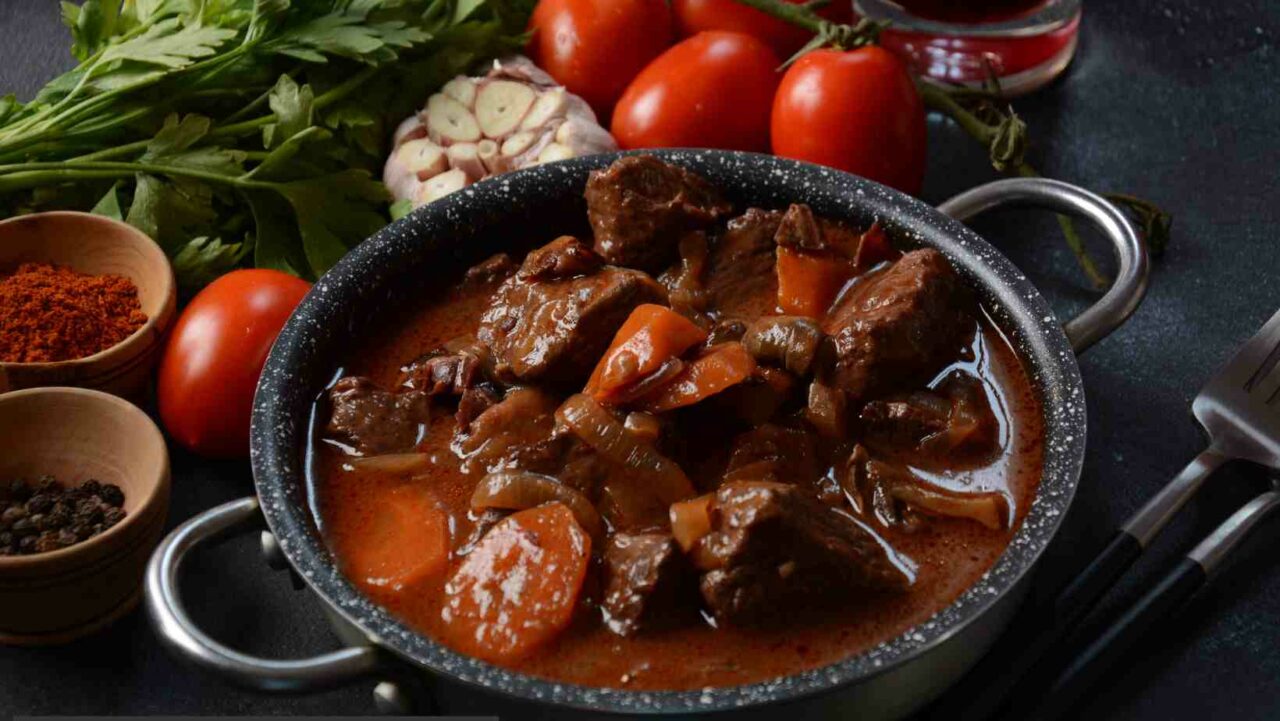
When deciding on the dishes for your menu, start by asking yourself these key questions:
- What dishes do you make exceptionally well that will make customers crave more?
- What are your clients specifically asking for—are they more interested in seafood or meat?
- How much profit does each menu item bring in?
For example, if you’re known for your slow-cooked beef bourguignon and clients often request hearty, comforting dishes, this could be a star item on your menu. By considering options like this, you can design a menu that highlights your culinary strengths while also satisfying your clients’ tastes and your business goals.
3. Crafting Your Menu
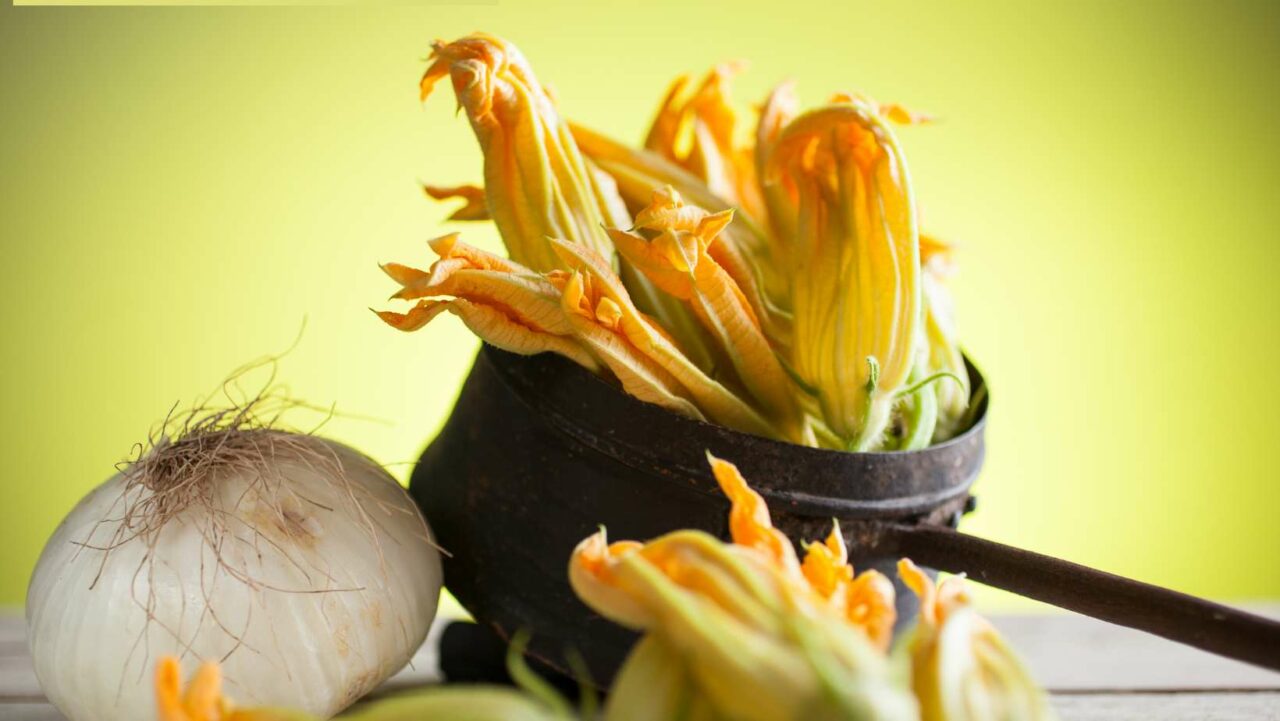
Now that you have a solid understanding of your client’s preferences and your signature dishes, it’s time to craft the menu. Start by selecting the best seasonal ingredients in the UK to enhance the flavours of your dishes.
For example, in a summer menu, you might use courgette flowers stuffed with ricotta and herbs, then lightly fried for a delicate starter. For an autumn menu, consider using wild mushrooms to create a rich mushroom risotto or a hearty wild mushroom and thyme tart.
Remember, customisation is key. Adapt each dish to reflect the client’s specific preferences and dietary needs, ensuring every course offers a delightful culinary experience.
4. Organise Your Menu

Once you’ve crafted your dishes, the next step is to organise your menu in a way that’s both appealing and easy to navigate. Keep it simple but structured. Group your dishes into sections, such as starters, mains, and desserts.
Additionally, ensure each section has a balanced selection to cater to different tastes. The more variety you offer in each section, the more likely customers are to try multiple dishes.
Ensure that your menu is designed in such a way that clients easily find what they’re looking for and explore the variety of dishes you offer.
5. Highlight Allergens and Diets

It is always a hassle for guests to keep asking questions about dietary requirements to ensure their safety. As a private chef, it’s crucial to make sure you highlight allergens clearly. For each dish, ensure you label potential allergens like gluten, nuts, dairy, or soy. Additionally, indicate which dishes are suitable for specific diets, such as vegan, vegetarian, kosher, or halal.
For example, if you’re serving a nut-free pesto with gluten-free pasta, clearly label it to reassure clients. Similarly, if you offer a vegan chocolate mousse, highlight it to attract those following a plant-based diet.
Clearly displaying such information helps guests make informed choices and shows your attention to detail and commitment to their well-being.
6. Name and Describe Your Dishes
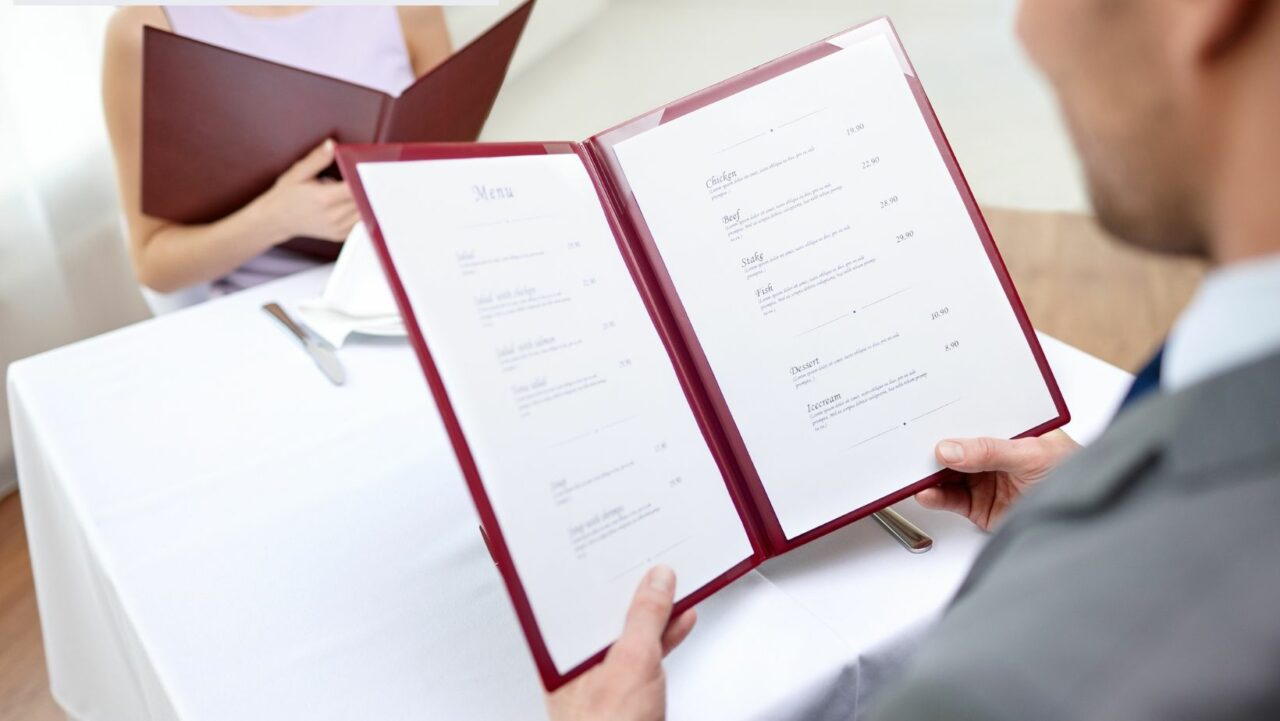
The names and descriptions of your dishes can make a huge impact on how they are perceived by clients. Make your dishes sound irresistible by using descriptive language that highlights flavours and textures, such as ‘savoury’ or ‘crisp.’
Describing the cooking style, like ‘roast chicken’ or ‘steamed mussels’, also adds clarity. When serving cuisines like Japanese or Thai, it’s a good idea to describe the dishes in short because not everyone might be familiar with every dish. For example, if you’re offering a dish like Tonkatsu, describe it as ‘Crispy breaded pork cutlet served with a tangy, sweet sauce and a side of shredded cabbage.’
Consider each offering as a private chef-tasting menu experience, where every dish is presented with an exquisite description to make it attractive. This approach entices clients to try more items and makes your menu a standout feature.
7. Pricing Magic

Time to talk numbers. The skill of how to cost a menu in the UK is an art and science. Start by considering the cost of ingredients and the time required to prepare each dish, ensuring you cover your expenses while also achieving a reasonable profit. Benchmark your prices against similar services in your area to stay competitive.
Whether you're hosting a special celebration dinner, looking for a chef during your holiday or weekly meal prep, we will match you to the perfect chefs.
Start hereWhen setting prices, it’s important to consider how they influence clients’ perceptions. Premium pricing suggests the use of expensive ingredients, like truffles, saffron or Wagyu beef, which justify the cost. A similar dish that is priced lower with less expensive ingredients, such as a standard cut of steak instead of Wagyu or a mushroom risotto using button mushrooms instead of truffles, might be perceived as more accessible. This lower pricing might appeal to a broader audience but may not carry the same perception of luxury or exclusivity.
The goal is to establish a pricing structure that reflects the value of your offerings while remaining attractive to clients. Remember, smart pricing brings in more customers and keeps them happy!
Showcase Your Menus and Talent with Convenience and Impact
Creating the perfect private chef menu that is well-rounded and appealing involves more than just selecting dishes. It’s like composing a symphony where every note matters. Following our guide should help you create a menu that hits all the right notes.
If you want to showcase your talents and menus more effectively and elevate your private chef business, signing up with yhangry is the perfect step. The platform helps private chefs connect with a larger customer base, giving them access to more opportunities, streamline client interactions, and highlight your unique culinary skills.
What’s more? With insurance coverage, a personalised webpage and a committed support team, you can concentrate on what you do best. Whether you want to grow your client base or simplify the business side of being a private chef, Yhangry offers the tools and exposure needed to take your career to the next level.
- What to consider when planning an event as a private chef?
-
When planning an event as a private chef, consider the client’s preferences, dietary restrictions, and the event’s theme. Also, think about the logistics, such as the kitchen setup, timing for each course, and the number of guests to ensure a smooth and enjoyable dining experience. Additionally, ensure you have all necessary ingredients and equipment ready, and communicate clearly with the client about their expectations to avoid any last-minute surprises.
- What are the challenges of a private chef?
-
The challenges of being a private chef include managing diverse client preferences and dietary restrictions while consistently delivering high-quality meals. Additionally, private chefs often face logistical challenges such as working in unfamiliar kitchens, managing tight schedules, working alone or with small teams and arranging for the necessary ingredients and equipment.
- How can you grow a private chef business and reach more clients?
-
To grow your private chef business, start by enhancing your online presence through social media, a professional website, and positive client reviews. Networking within local communities and offering unique, personalised dining experiences can also attract new clients. Additionally, consider joining platforms like yhangry, which can help you reach a broader audience and manage bookings efficiently.
